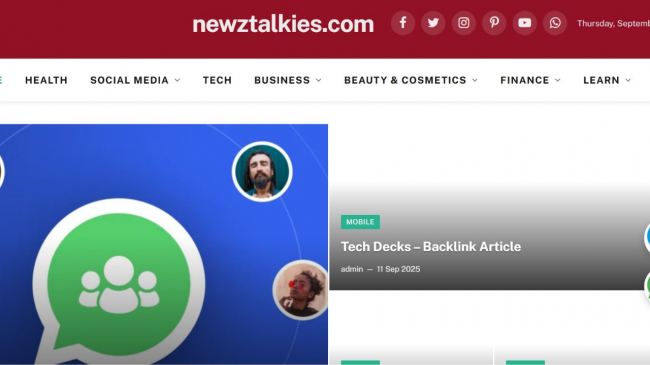Market Analysis and Strategic Positioning
Just like modern footwork, the sports technology scene is ever-changing since success in it relies on tactical creativity as well as strategic application.
Entrepreneurs have to carefully evaluate market openings within the sports technology industry, which includes sports betting platforms like the 4rabet app and several others in the industry, just as top clubs meticulously analyze transfer markets.
This approach calls for knowledge of current solutions, definition of unmet requirements, and awareness of developing trends in athlete performance, fan interaction, investment, and team operations. Just as football scouts consider both immediate effect and future potential, startup founders have to weigh current market requirements with expected industry development.
Product Development Framework
Creating a successful football team is like creating a sports technology product in so far as it calls for deliberate planning, ongoing improvement, and strategic use. The foundational first team, the minimum viable product includes crucial features that answer fundamental core user wants.
Much like how contemporary managers change plans depending on match outcome, this method allows for quick testing and iteration. Deep knowledge of certain pain points whether in performance analysis, fan experience, or team management systems sometimes produces effective sports technology goods.
Investment Strategy and Resource Allocation

Sourcing funds for a sports startup is like budgeting for a club; it calls for strategic thinking, precise negotiation, and clear value presentation. Beyond simply providing money, several funding sourcesfrom angel investors to sport-specific acceleratorsoffer different benefits.
Football clubs use various investment structures to construct sustainable operations. Just as clubs defend substantial transfer expenses, entrepreneurs have to provide convincing business cases showing both instant potential and long-term scope.
Partnership Development and Industry Integration
Strategic partnerships in sports technology correspond with football clubs' construction of commercial partners, academies, and scouting networks. To legitimize their solutions and speed up market penetration, successful startup companies frequently form partnerships with established technology suppliers, leagues, and teams.
Just as football collaborations promote player growth and market expansion, these several linkages offer vital feedback loops and market accessibility. Sustainable development requires an awareness of the complicated relationships among different participants.
Technology Infrastructure and Scalability
Just as modern football clubs invest in training facilities and youth development, the technical foundation of a sports startup must uphold both current operations and future expansion.
From product performance to user experience, infrastructure choices have far-reaching effects depending on scalability criteria. This strategy is a reflection of how forward-thinking organizations create systems that promote long-term development as well as present success. While keeping performance and reliability, technical architecture has to fit rising amounts of information, users numbers, and feature complexity.
Market Validation and User Engagement
The systematic approach akin to the way soccer clubs appraise talent at different competitive levels is also what validates and tests sports technology solutions.
Analyzing performance information, calculating engagement metrics, and compiling user feedback help to refine goods using valuable insights. This method mirrors how clubs rate player development across various age groups and competition levels.
Effective validation usually means collaborating closely with early adopters who can give thorough comments and assist in improving the product offering.
Growth Strategy and Market Expansion
Just as football clubs handle their expansion into new markets, scaling a sports startup demands a deft balance between aggressive growth and sustainable operations. This entails determining important growth indicators, grasping market-specific needs, and designing processable operations processes.
The strategy reflects how profitable organizations create international brands preserving fundamental values and performance criteria. Long-term development of an industry as well as instant market prospects must both be taken into account by growth plans.
Building a sports company in technology combines creative business ideas with thorough knowledge of the dynamics of the sports business. Success calls for close consideration of technical greatness as well as market demands, much as contemporary football clubs juggle commercial success with tactical innovation.
Entrepreneurs who can skillfully marry technical expertise with strategic market knowledge find opportunities as the sports technology industry develops recursively.
Post Comment
Be the first to post comment!




